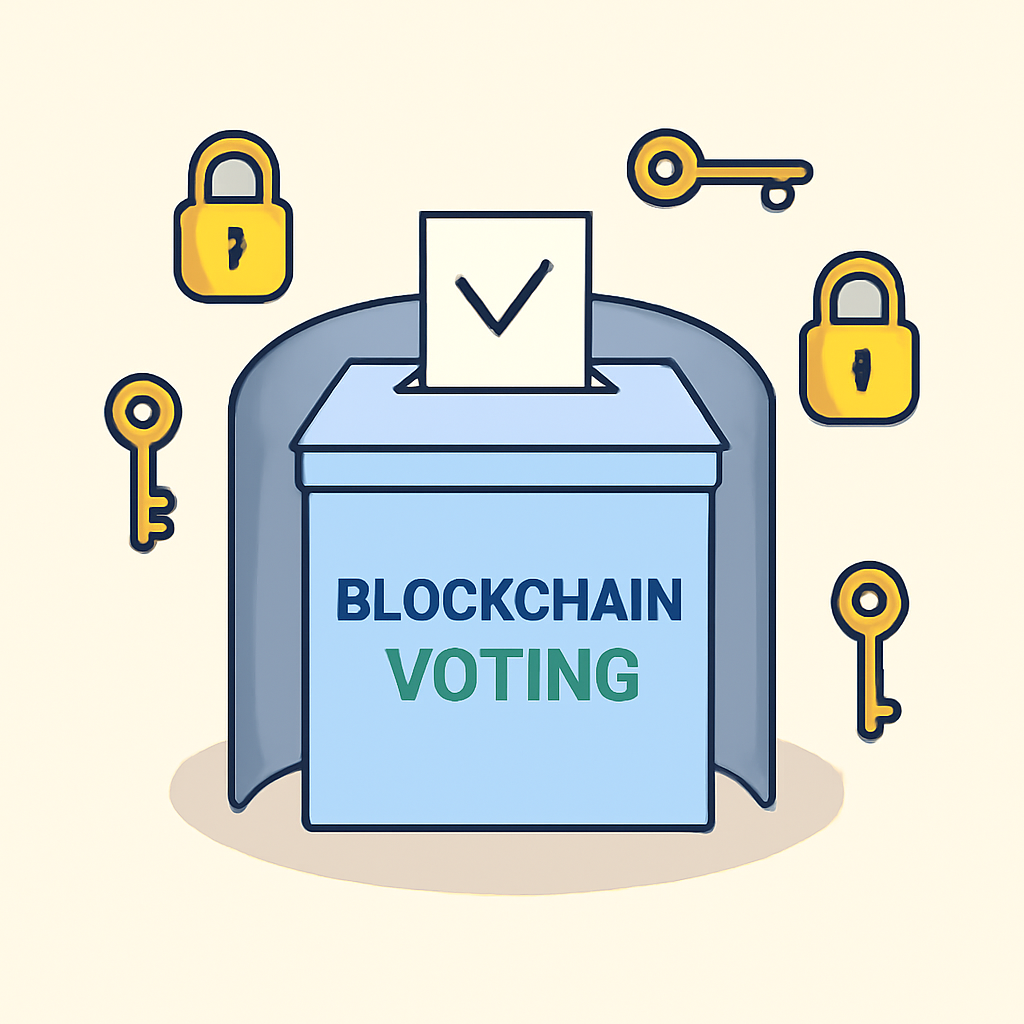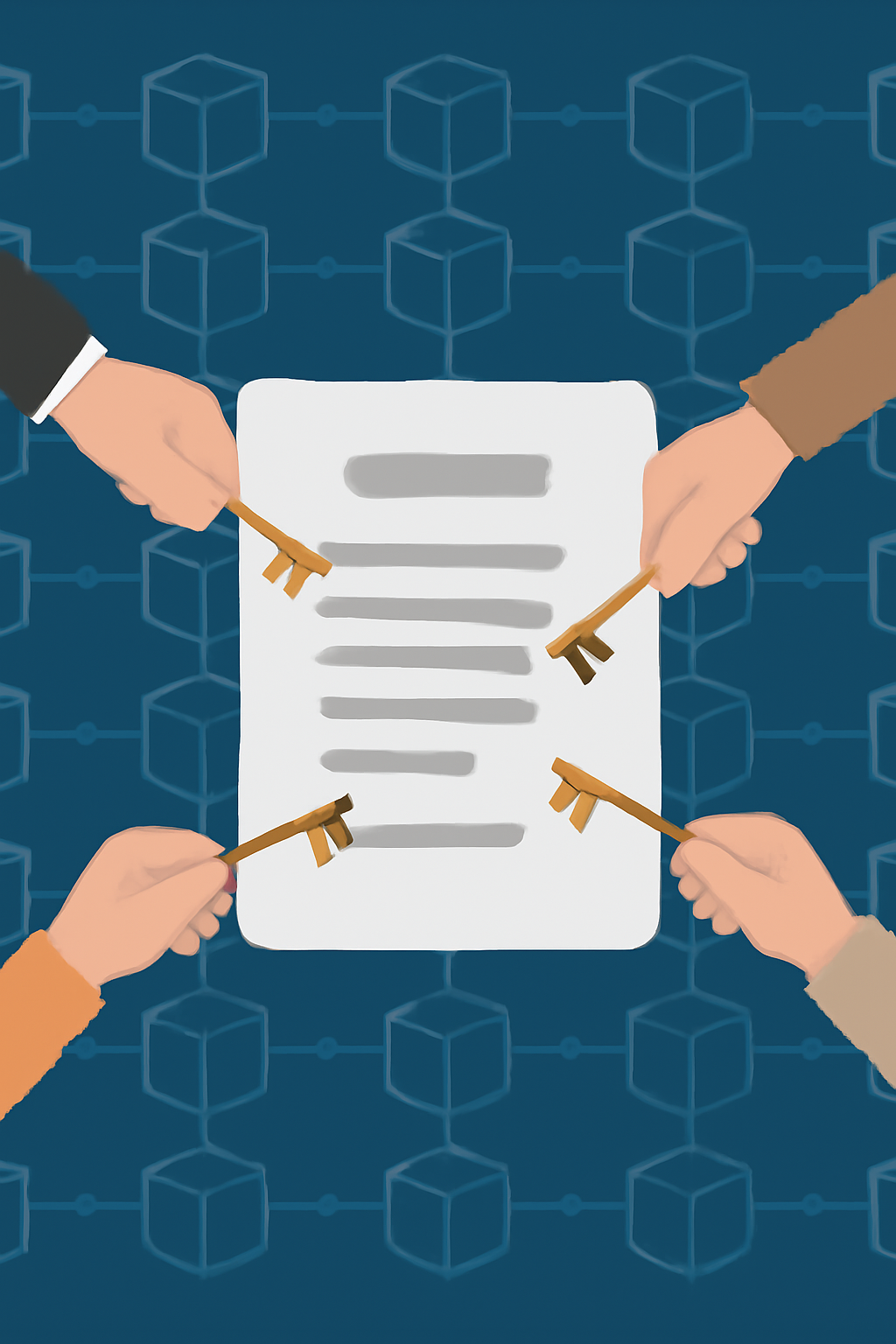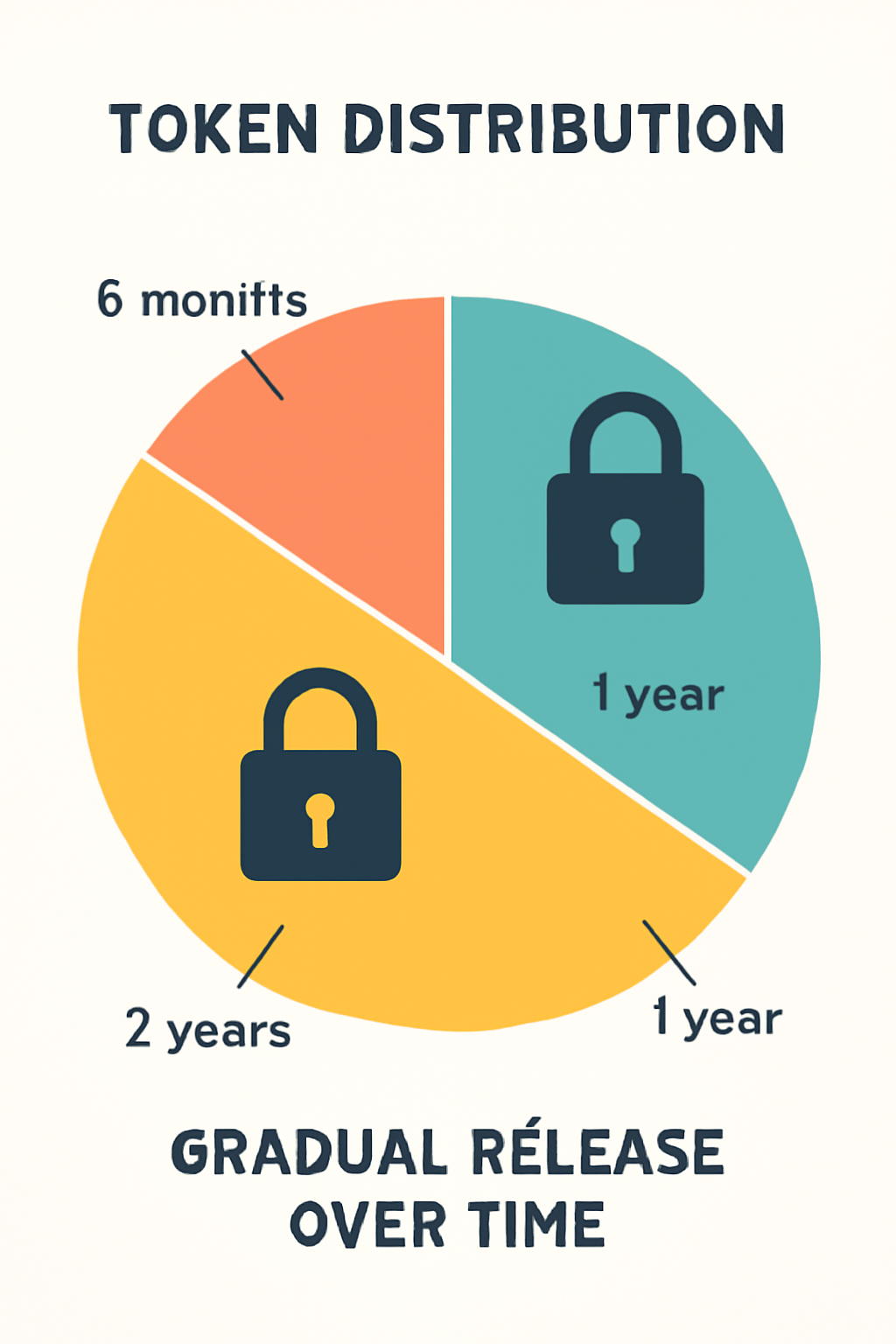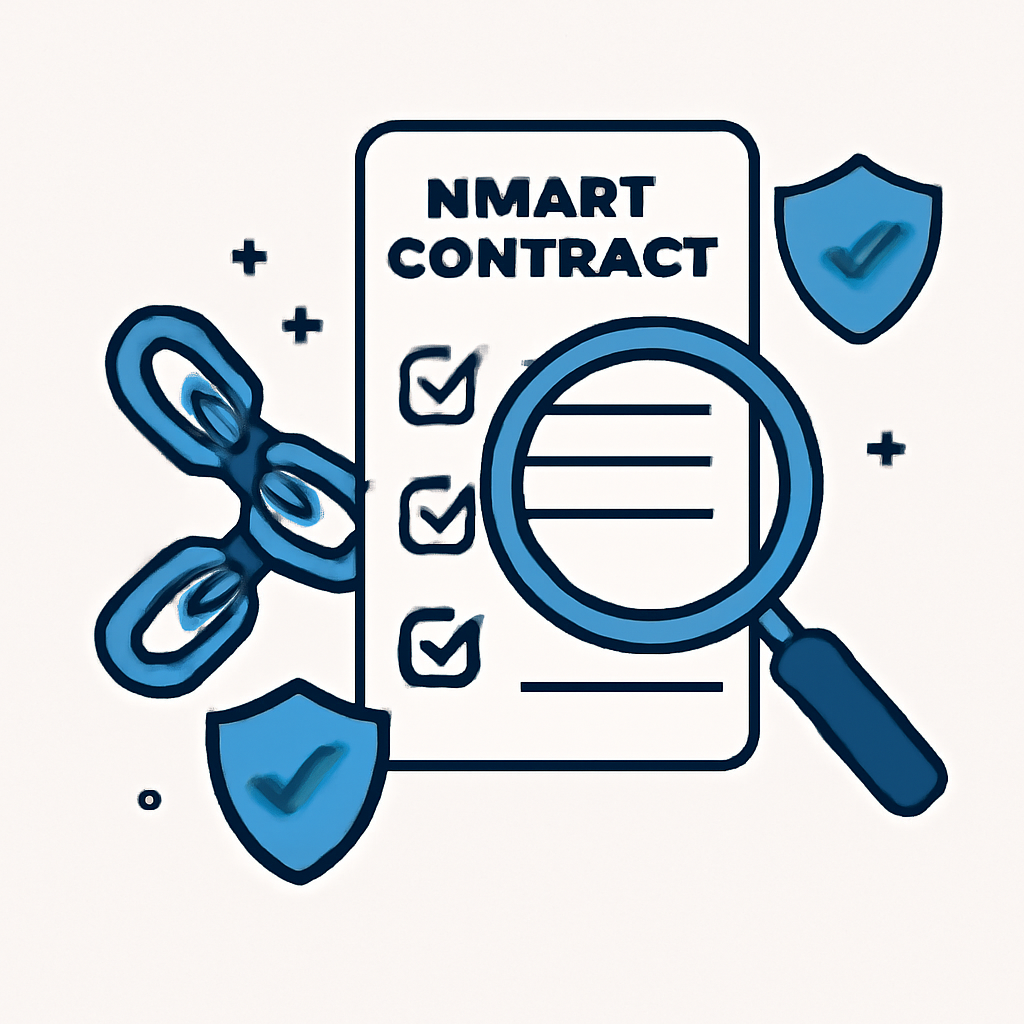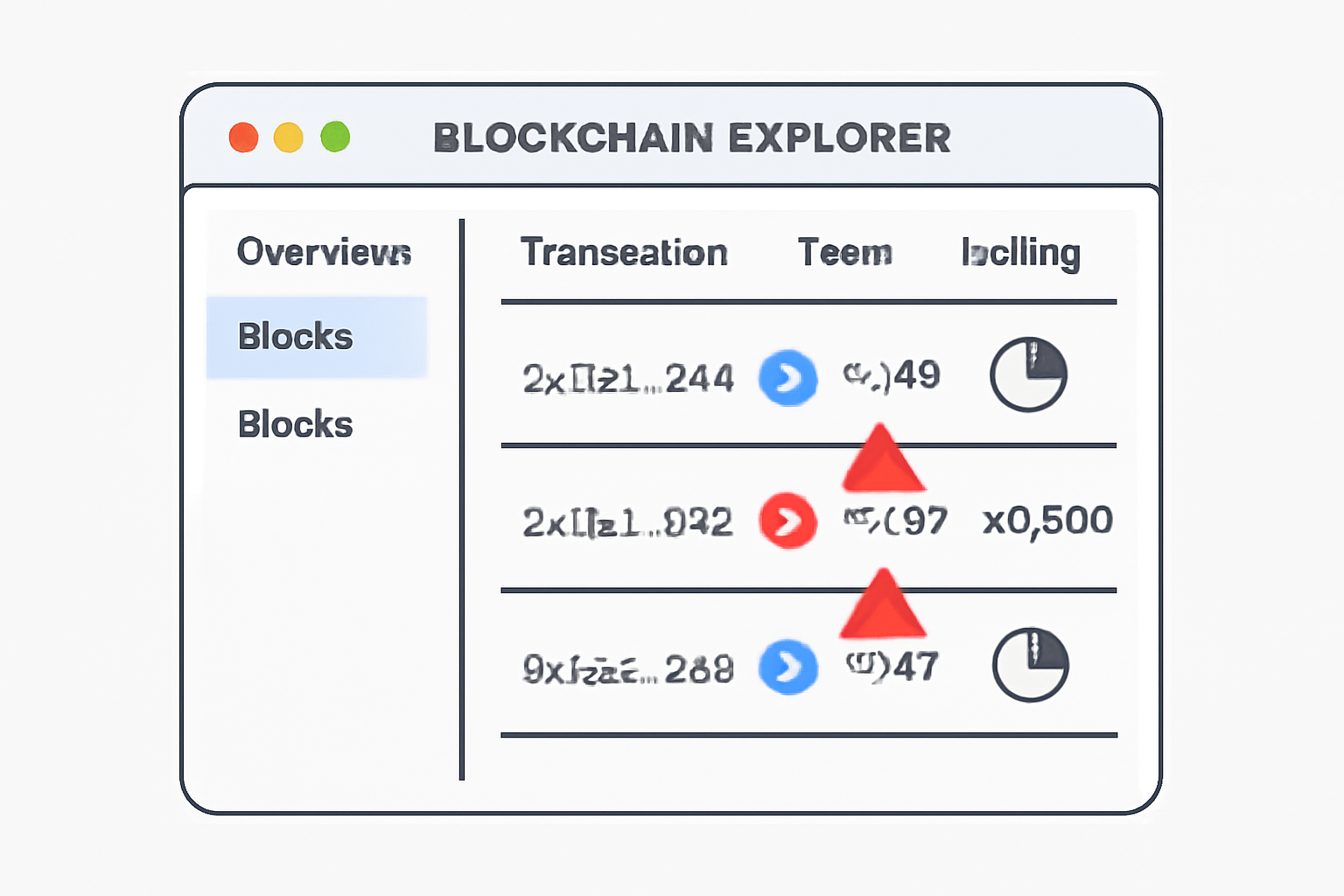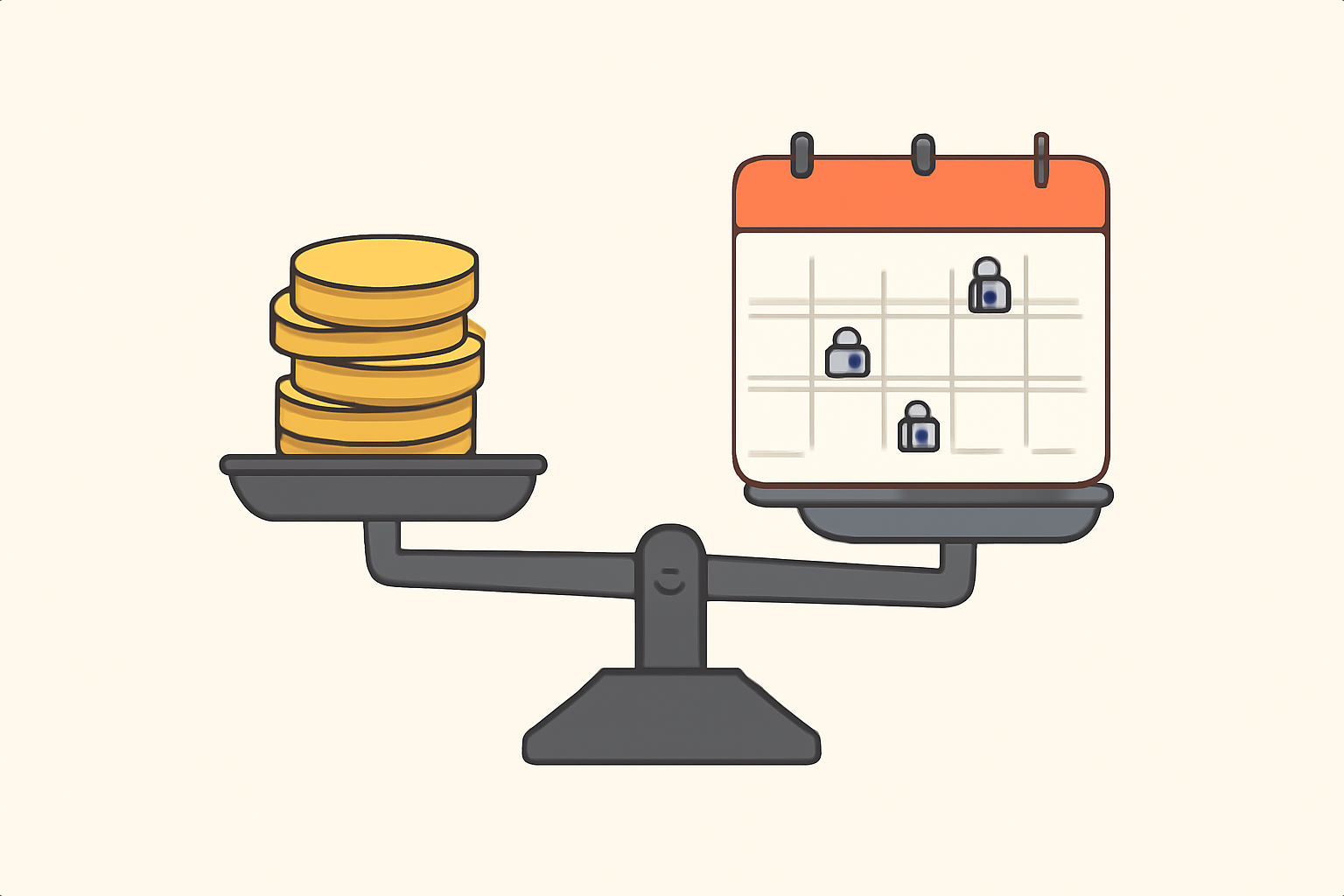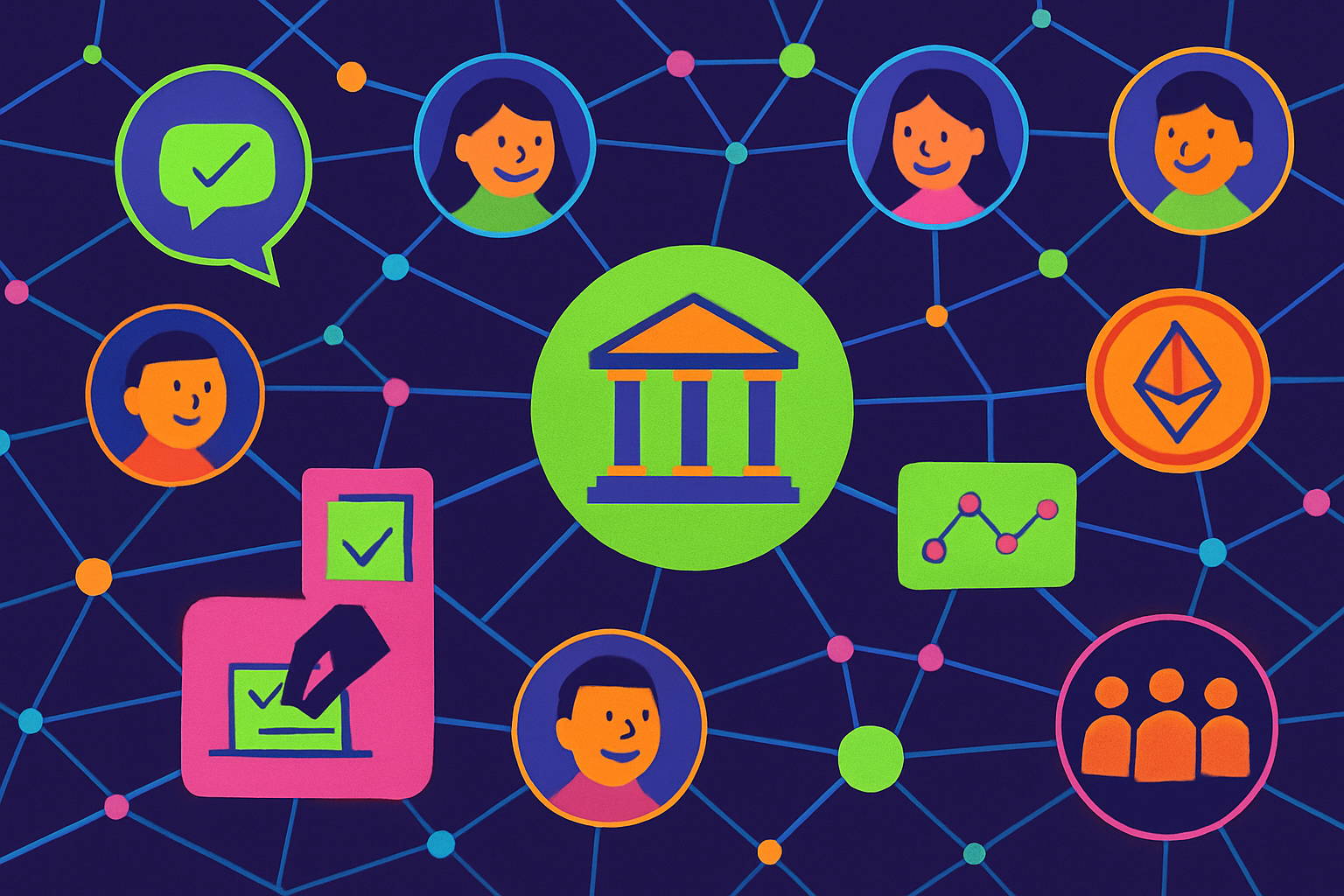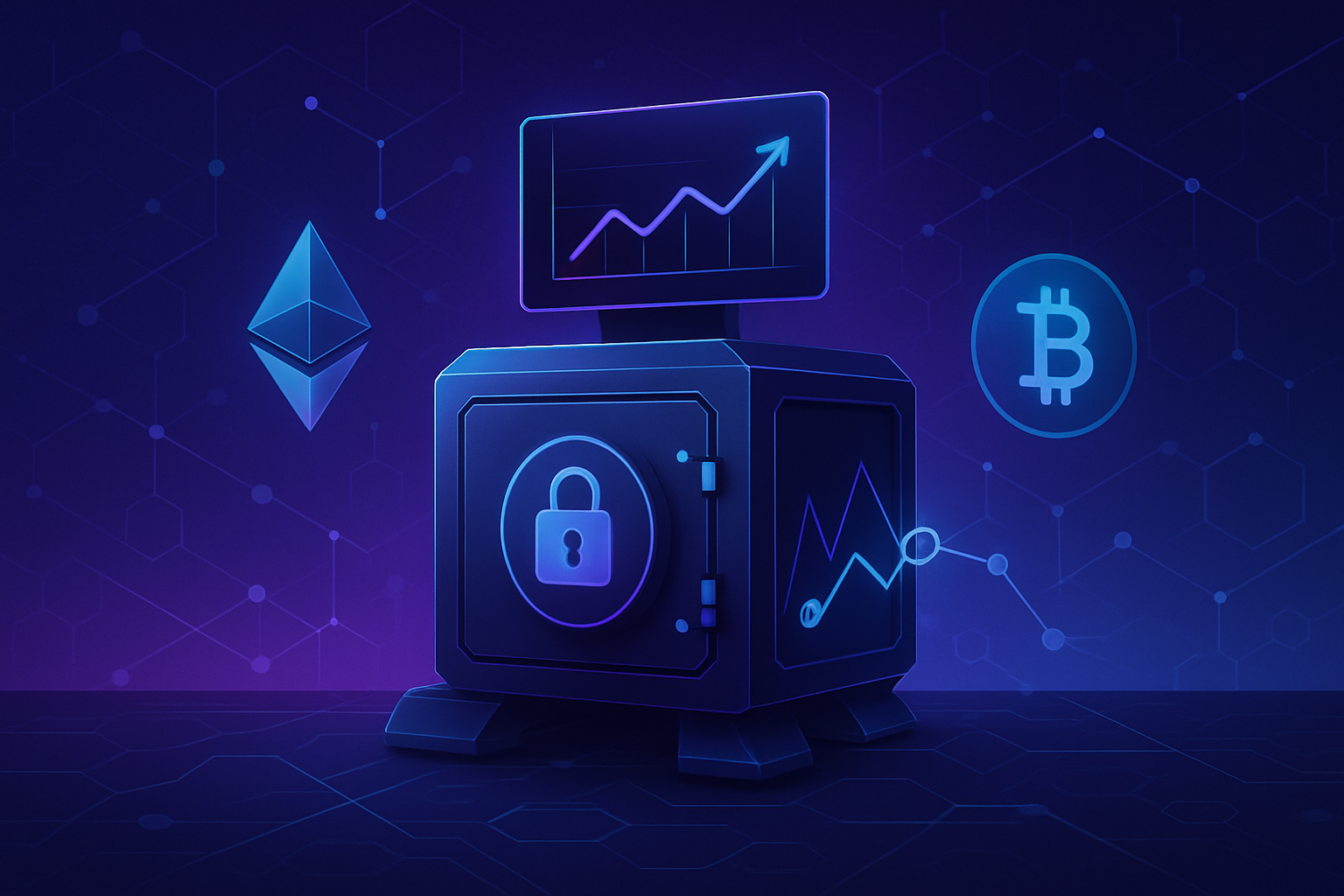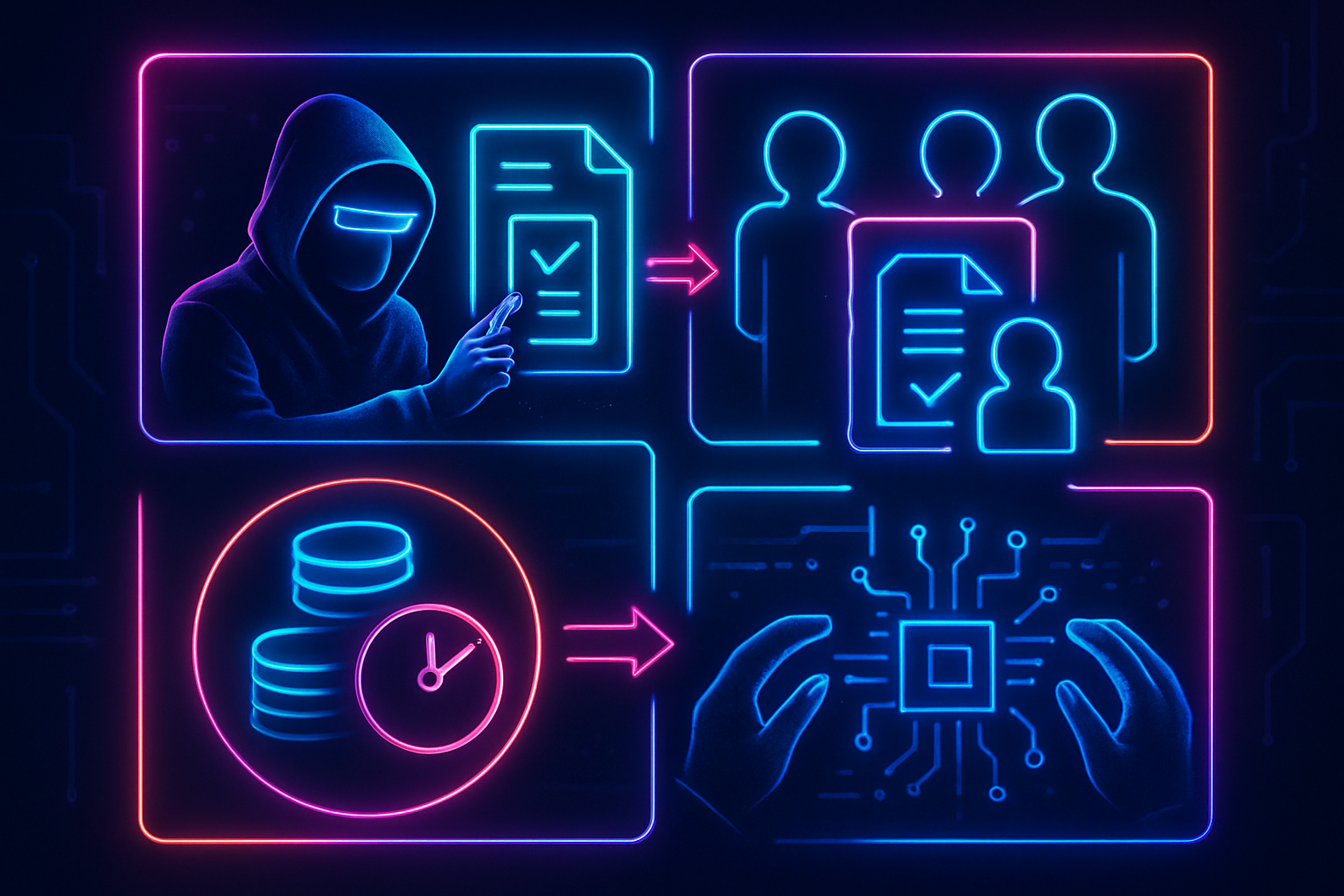
Recent controversies have exposed the fragility of DAO governance in the face of insider threats and proposal manipulation. The Across Protocol scandal, where $23 million of DAO funds are suspected of being misused through orchestrated votes, underscores the urgency for robust defense mechanisms. As DAOs continue to amass significant treasuries and influence, the risk of governance capture by founders or early insiders is no longer hypothetical, it is a present and material threat. To ensure resilient DAO governance, organizations must adopt a disciplined set of best practices that prioritize confidentiality, transparency, and security.
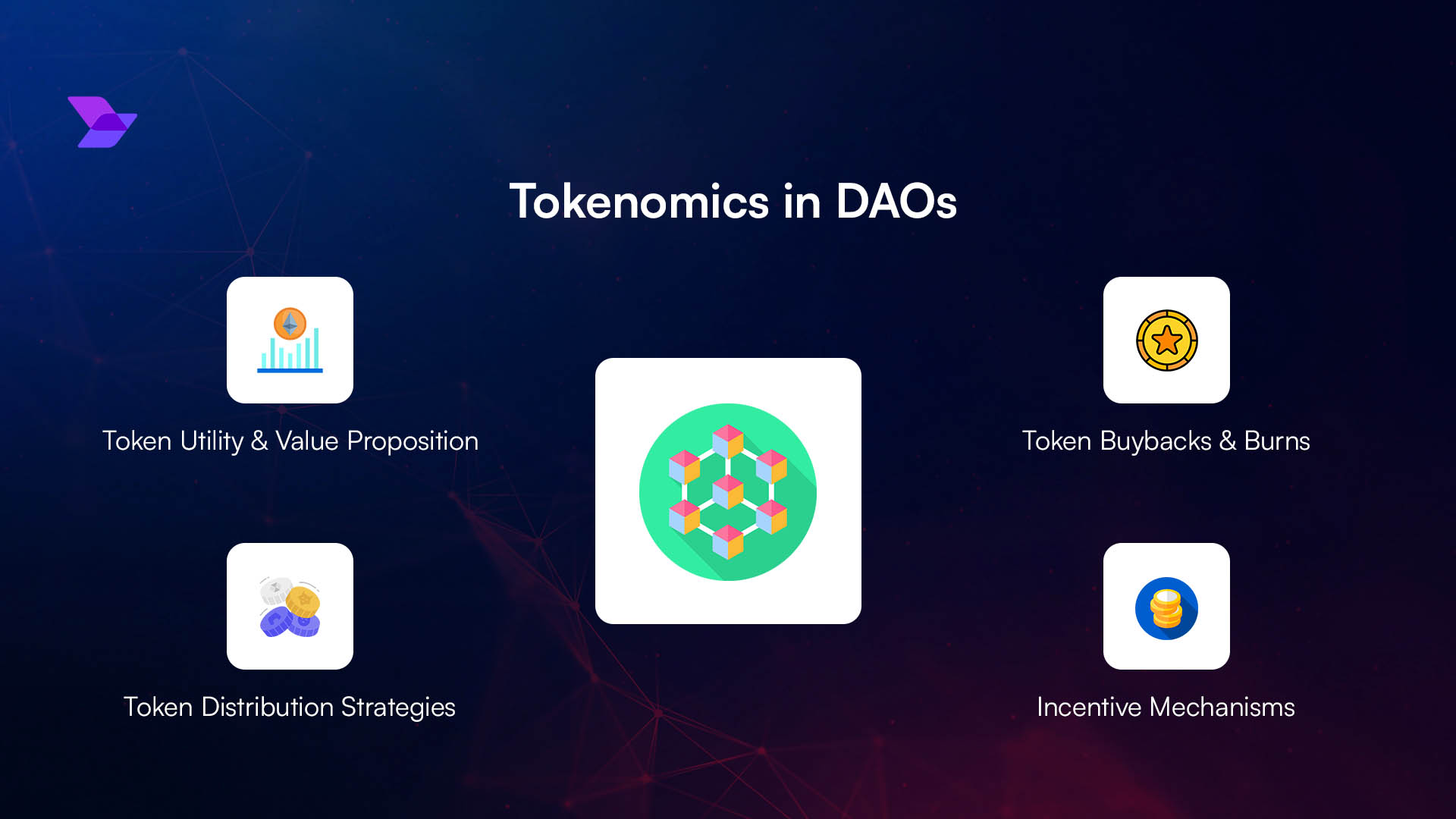
Confidential Voting: Shielding Against Coercion and Bribery
One of the most effective ways to counteract vote coercion and bribery is to implement confidential voting mechanisms, such as zero-knowledge proofs (ZKPs). In traditional token-based voting systems, whales or coordinated actors can easily track votes onchain, enabling retaliation or bribery. Confidential voting ensures that while the final tally is transparent and verifiable by all members, individual vote choices remain private. This cryptographic approach makes it nearly impossible for malicious actors to pressure voters or buy votes at scale.
Zero-knowledge-based voting protocols have matured significantly over the past year, offering DAOs a realistic path toward privacy-preserving governance without sacrificing auditability. For organizations seeking to prevent proposal manipulation at its root, integrating confidential voting should be a top priority.
Transparent Proposal Initiation: Multi-Sig and Threshold Signatures
DAO scandals often begin not with public votes but with how proposals are initiated. To limit insider-only submissions and ensure community oversight from the outset, DAOs should enforce transparent proposal initiation using multi-signature (multi-sig) or threshold signature schemes. This means that no single actor, regardless of their token holdings, can unilaterally push proposals onto the ballot.
A multi-sig approach requires several trusted parties (ideally representing diverse stakeholder groups) to approve any new proposal before it enters the governance process. This reduces the risk of stealthy or self-serving proposals slipping through unchallenged and ensures that major changes reflect broad consensus rather than narrow interests.
Token Holding Limits and Vesting Schedules for Core Team Members
The concentration of tokens among founders or core contributors remains one of the most persistent attack vectors in DAO governance security. As seen in recent cases like Jupiter DAO’s internal disputes, large token holders can dominate outcomes regardless of broader community sentiment. To counteract this dynamic, and reduce both actual and perceived risks, DAOs should establish clear token holding limits and vesting schedules for core team members.
This practice prevents sudden accumulation or dumping of tokens by insiders during critical votes. Vesting schedules align incentives for long-term protocol health rather than short-term manipulation. By capping direct influence over time, organizations can foster trust among their wider membership while deterring would-be bad actors from exploiting their privileged positions.
The Path Forward: Auditing Governance Logic and Onchain Monitoring
The first line of defense against insider threats is discipline in protocol design; the second is continuous vigilance through independent audits and real-time monitoring, topics we’ll examine next.
Regular, independent smart contract audits are non-negotiable for DAOs with substantial treasuries or influence. The focus must go beyond basic code safety to include governance logic and quorum calculations. Too often, vulnerabilities in voting logic or poorly defined quorum thresholds enable manipulation by insiders or coordinated groups. By engaging third-party security firms to review not only the technical implementation but also the economic game theory underpinning governance processes, DAOs can identify subtle attack surfaces before they are exploited. Audits should be scheduled at regular intervals and after every significant protocol update, ensuring that even as governance mechanisms evolve, security remains uncompromised.
In tandem with disciplined auditing, DAOs must mandate real-time, onchain disclosure of voting power changes and large token transfers. Transparency in these areas is crucial for early detection of manipulation attempts. For example, a sudden influx of tokens into a voting wallet just prior to a contentious proposal is a classic red flag, one that can be automatically detected and flagged for community review when robust onchain monitoring is in place.
Modern analytics tools now allow DAOs to set automated alerts based on predefined thresholds for token movements and changes in voting power. Public dashboards that display these metrics in real time empower community members to spot irregularities quickly, reducing the window of opportunity for malicious actors. This approach not only deters would-be manipulators but also reinforces trust among DAO participants who can verify the integrity of each vote independently.
Best Practices Checklist: Building Resilient DAO Governance
DAO governance security is not achieved through technology alone; it requires a culture of discipline, transparency, and continuous improvement. By prioritizing confidential voting mechanisms such as zero-knowledge proofs, enforcing multi-sig proposal initiation, establishing token holding limits with vesting schedules for insiders, scheduling regular independent audits focused on governance logic, and mandating real-time onchain disclosure of power shifts, DAOs create multiple overlapping layers of defense against both overt and subtle attacks.
The market’s recent $23 million loss due to alleged insider manipulation should serve as a catalyst for urgent reform across all decentralized organizations. The protocols that survive, and thrive, will be those that treat confidentiality, transparency, and security not as checkboxes but as guiding principles embedded into every layer of their operations.

